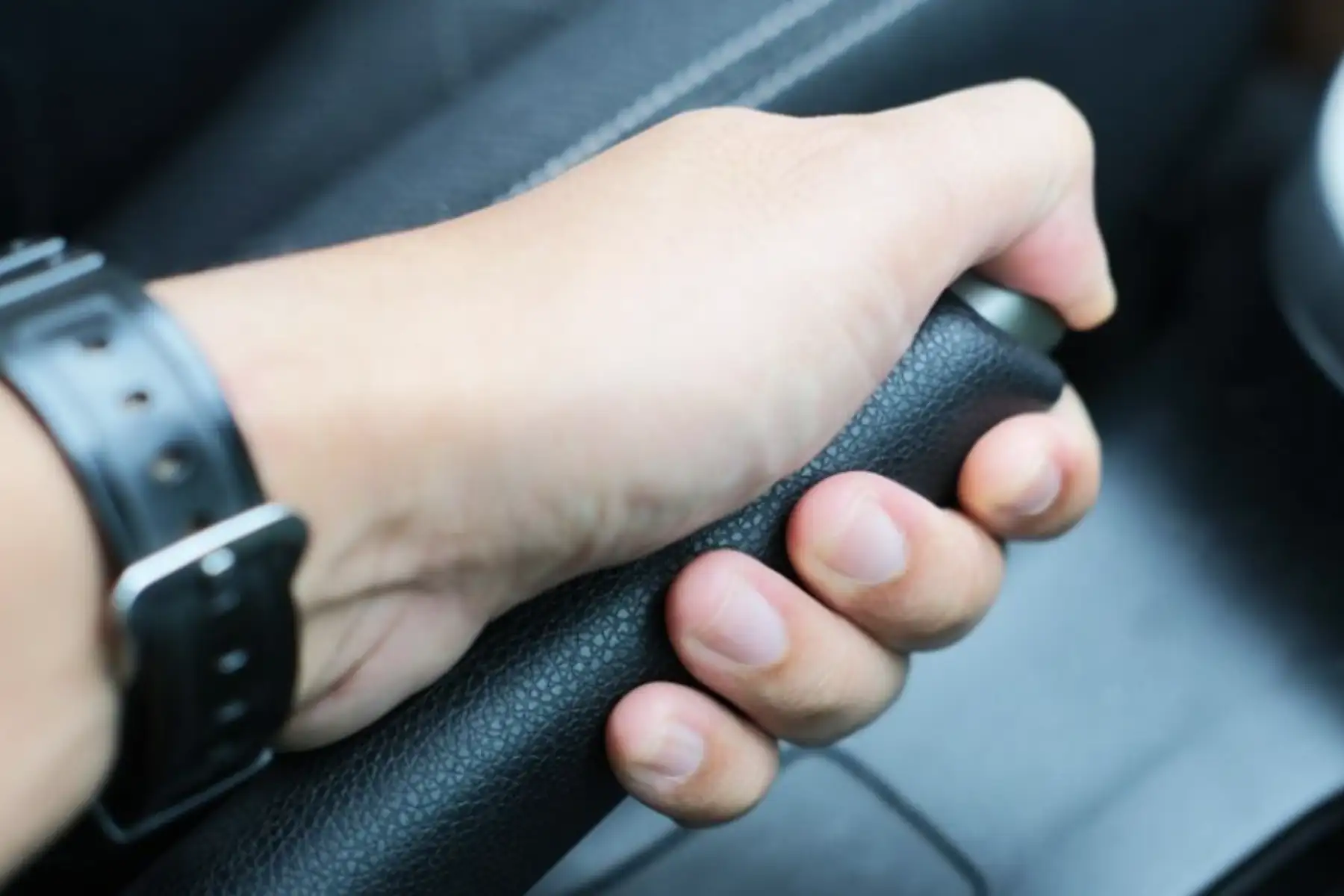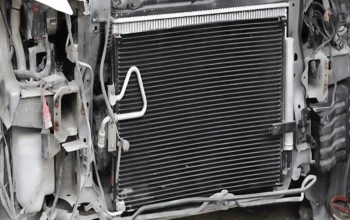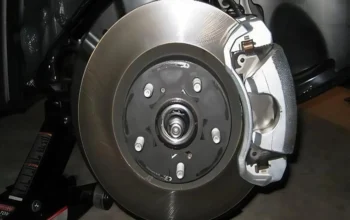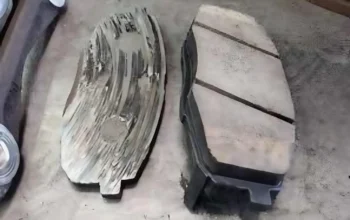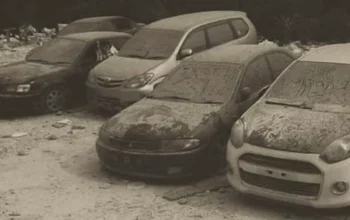Getting into your car, ready to drive off—only to realize your emergency brake is stuck—is one of those frustrating moments no driver wants. A stuck emergency brake can happen for several reasons, like cold weather, rust, or a jammed cable. But don’t worry—you can often fix the emergency brake yourself without heading to the mechanic right away.
In this guide, we’ll walk you through the most effective ways to diagnose and solve a parking brake jammed situation. Whether it’s a frozen line or handbrake stuck after sitting for too long, these practical tips will help you understand what’s going on and what you can do about it.
Let’s get your car rolling again.
Table of Contents:
- 1. Start the Engine and Let It Warm Up
- 2. Try Disengaging the Brake Repeatedly
- 3. Gently Rock the Car Back and Forth
- 4. Check the Parking Brake Cable for Rust or Corrosion
- 5. Use a Lubricating Spray on Rusted Parts
- 6. Loosen Rear Brake Shoes Manually (If Applicable)
- 7. Try Bouncing the Car Near the Affected Wheel
- 8. Use a Hairdryer or Heat Gun (with Caution)
- 9. Manually Release the Cable Underneath
- 10. Call for Roadside Assistance or Visit a Mechanic
1. Start the Engine and Let It Warm Up
When the temperature drops, ice and condensation can freeze components like the e-brake cable. The first thing you should try is simply turning on your car and letting it idle for a few minutes. This can slowly melt any ice that might be locking the brake mechanism in place.
If you’re in a hurry, gently rev the engine to speed up the warming process. Just make sure you’re not overdoing it—keep the RPMs reasonable to avoid unnecessary wear.
2. Try Disengaging the Brake Repeatedly
Sometimes, the brake handle or pedal gets stiff because it’s slightly jammed or there’s debris around the cable. Try pressing or releasing the parking brake multiple times to work it loose. Don’t yank it aggressively—slow and steady usually does the trick.
This method works best when the car is already warm and the internal components have had time to loosen up a bit.
3. Gently Rock the Car Back and Forth
Still stuck? Shift your car between drive and reverse (or first and reverse if it’s a manual) while keeping your foot off the gas. Let the natural movement of the engine gently rock the vehicle.
The slight motion can relieve pressure on the rear brakes, especially if the drums or pads are what’s causing the jam. Just make sure you’re doing this on a flat surface to avoid accidents.
4. Check the Parking Brake Cable for Rust or Corrosion
Pop the hood or get underneath the car (safely!) to inspect the e-brake cable. If you notice visible rust or corrosion, that could be the culprit. The cable may not be moving freely, causing your handbrake to get stuck.
In many cases, a quick visual inspection is enough to tell if the problem is mechanical rather than just weather-related.
5. Use a Lubricating Spray on Rusted Parts
If you found rust or buildup on the cables or joints, it’s time to bring out the WD-40 or a similar penetrating lubricant. Spray the affected areas generously—especially around joints, levers, and the base of the cable. Wait a few minutes, then try disengaging the brake again.
This might require a few rounds, but lubrication is a cheap and effective fix in many cases.
6. Loosen Rear Brake Shoes Manually (If Applicable)
If your vehicle uses rear brake drums as part of the emergency brake system, they may be adjusted too tightly. You can manually back off the adjusters through a small rubber access plug on the drum itself.
This step is a bit more involved and might require removing the wheel to access the adjustment star wheel. Only do this if you’re comfortable with minor mechanical tasks—or have someone with experience to help.
7. Try Bouncing the Car Near the Affected Wheel
Sometimes the brake can be stuck due to uneven pressure. Try bouncing the car up and down near the stuck wheel (literally put your weight on the fender and bounce it). This can shift just enough pressure to free the stuck emergency brake.
It’s a simple trick, but surprisingly effective when ice or grime is the issue.
8. Use a Hairdryer or Heat Gun (with Caution)
If it’s winter and you suspect ice is freezing your brake line or drum, grab a hairdryer or heat gun. Aim it directly at the rear brakes or the e-brake cable area.
Keep it at a safe distance to avoid damaging plastic or rubber parts. This can be a lifesaver when other methods don’t work and you’re parked in a freezing location.
9. Manually Release the Cable Underneath
If you’re a little more hands-on, you can crawl under the car and locate the parking brake cable. Sometimes you can manually pull or push the release lever connected to the cable.
Make sure the car is safely jacked up and secured before doing this. If you’re unsure, it’s better to call for professional help.
10. Call for Roadside Assistance or Visit a Mechanic
Tried all the above and your emergency brake is still stuck? Don’t push your luck. Call for roadside assistance or have your car towed to a mechanic. There might be deeper issues like broken springs, seized brake cylinders, or a severely corroded e-brake system.
Bonus Tips: How to Avoid This in the Future
- Don’t overuse the emergency brake unless needed (especially in winter)
- Regularly inspect and clean the brake components
- Lubricate the cable and joints every few months
- Park in gear if you’re on level ground (especially with a manual transmission)
